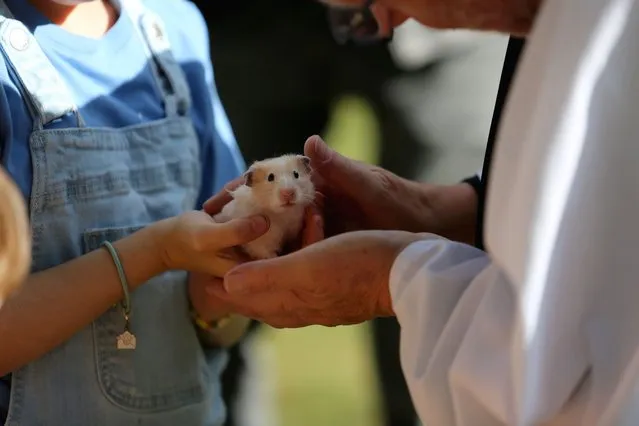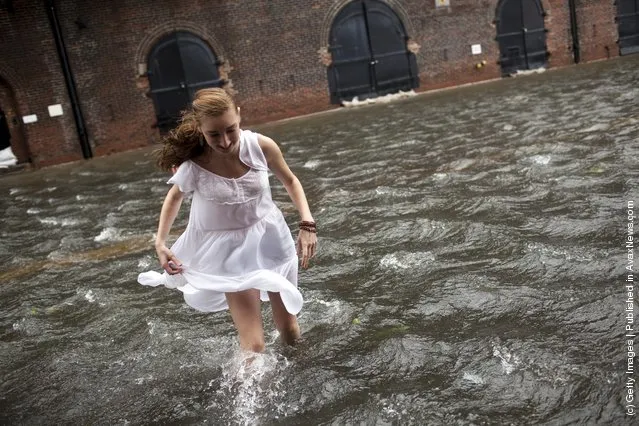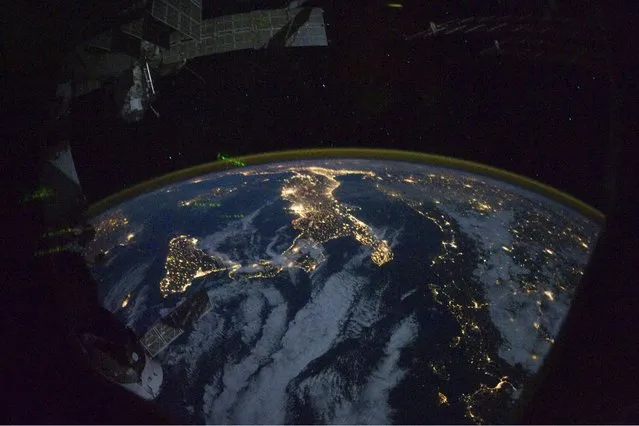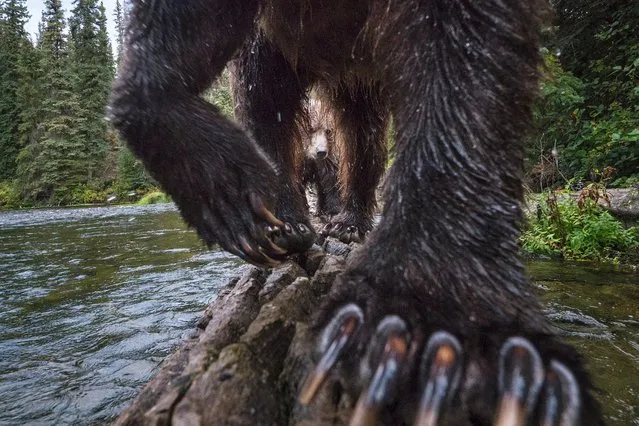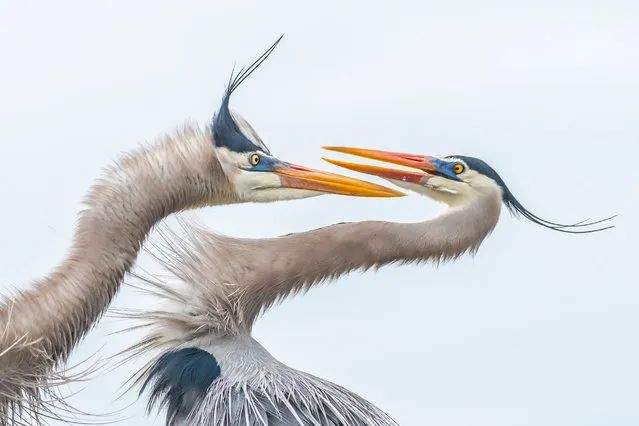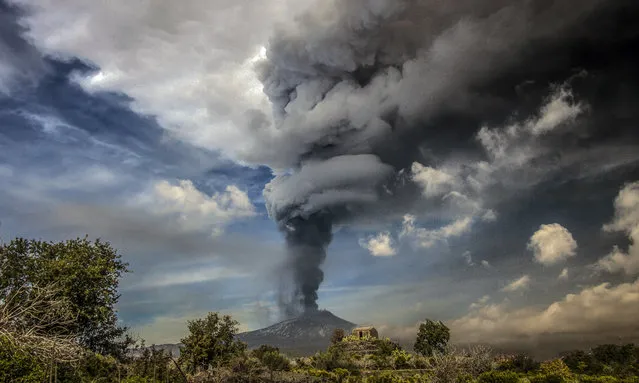
Millonarios' midfielder David Silva controls the ball during the Copa Sudamericana group stage second leg football match between Colombia's Millonarios and Uruguay's PeÒarol at the Nemesio Camacho “El CampÌn” stadium in Bogota, on May 23, 2023. (Photo by Juan Barreto/AFP Photo)
01 Jun 2023 03:03:00,post received
0 comments

